Learn about homelessness in California, USA and its stats, causes, challenges & solutions.
The historic factor of California’s homelessness goes back to the 19th century when James W. Marshall discovered gold at Sutter’s Mill in Coloma, California. This discovery ushered in the gold rush era of the state, which consequently caused an implosive migration in the hundreds of thousands at that time.
These gave California a head-start and a wealth advantage. As a result, in the US, the Gold State has the largest GDP, the largest population and one of the highest costs of living, not least real estate. It’s little wonder, then, many Californians live in the streets today.
Homelessness in California, United States of America
California is experiencing the worst cases of homelessness in America. While the Gold State has only 12% of the country’s population, it houses over 30% of its homeless people. Having the most expensive housing and a shortage of affordable accommodation, California has more than 171,000 unhoused individuals. Not everyone makes enough to be able to afford a home. Minimum-wage earners here would have to work nearly 90 hours a week to afford a one-bedroom apartment. Hence, many more Californians are at risk of losing their homes.
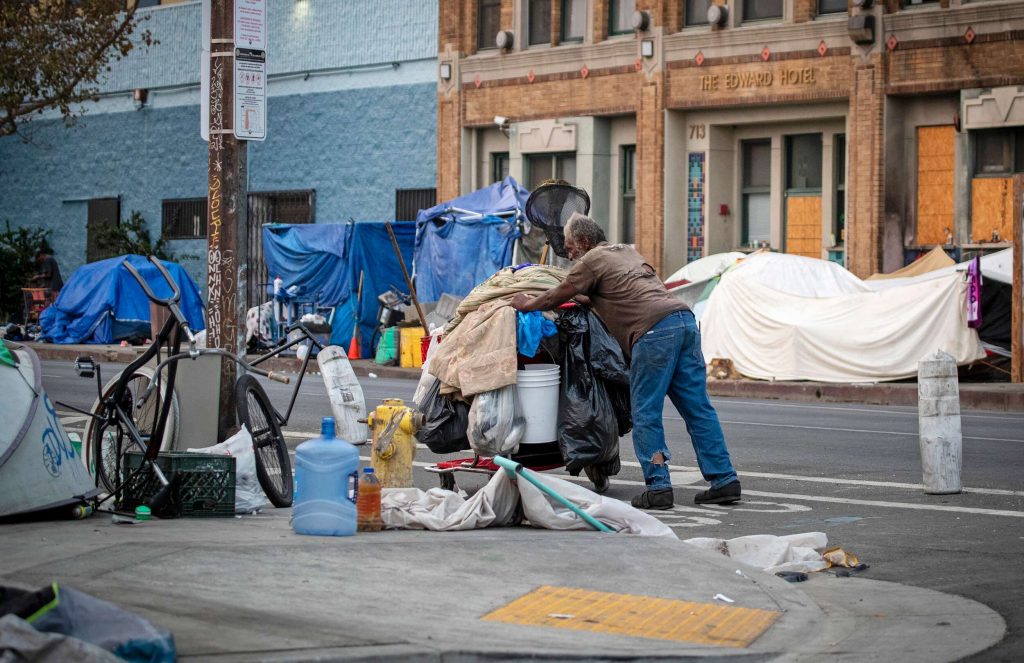
It’s abysmal that over 50% of America’s unsheltered homeless victims live in California. In other words, 78% of homeless people in California are unsheltered, as aging Californians live outside, in tents, vehicles, unsafe buildings and other makeshift shelters, with thousands dying on the streets each year. In contrast, people without housing in New York typically live indoors, thanks to laws on right to shelter. Shelter, as used, here refers to accommodation provided by the government.
While some people may regard all houseless people in California as lazy, a good deal of them are actually looking and hoping for jobs, study shows. Living without accommodation is adverse. There’s increased exposure to all sorts of crimes and abuses. There’s also the exposure to psychological troubles such as depression, mental health issues et cetera. Hence, many rough sleepers in California use drugs, particularly methamphetamine, to cope.
The government has not folded its hands but has been funding the mitigation of its homelessness. Reports indicate that from 2018 to 2022, the government of California spent a stunning $17.5 billion in a bid to combat homelessness. But sadly, within the same period, California’s homeless population grew. And it’s homeless population keeps growing yearly, more than any other state.
With $17.5 billion, experts say the state could, theoretically, have just paid the rent for every unhoused person in California for those four years, even with the state’s high home costs.
Top Homeless Cities in California
Out of the top 10 homeless cities in the US, 6 are in Carli. The top homeless cities in California in order of severity are Los Angeles, San Jose, Oakland, Sacramento, San Diego and San Franscisco. In the country, Los Angeles still occupies the top position, with San Jose, Oakland, and Sacramento, occupying the 4th, 5th and 6th positions respectively. Further, San Diego and San Franscisco occupy the 8th and 9th positions respectively.
The homeless population in Los Angeles County is estimated to be 75,000 people, according to the Los Angeles Homeless Services Authority. San Jose has around 10,028. As for Oakland, the number is around 9,747. Sacramento’s cases are around 9,278. Lastly, In San Diego and San Francisco, 8,427 and 7,754 respectively are living without a home.
On Oakland, speaking with Fox News, Seneca Scott, founder of Neighbors Together Oakland says Oakland and San Francisco have become the promised land of milk and fentanyl… adding that homeless people in Oakland are now typically not from the city.
Drug addicts have, recently, been flocking to “Fentanyl Island” a patch of land between 7th and Brush streets in West Oakland which Scott describes as an open-air drug market that is home to dozens of burned-out vehicles. Further, Scott believes that the influx is for the safe and easy access to their drug of choice and the ability to also steal to support those habits because there’s no rule of law.”
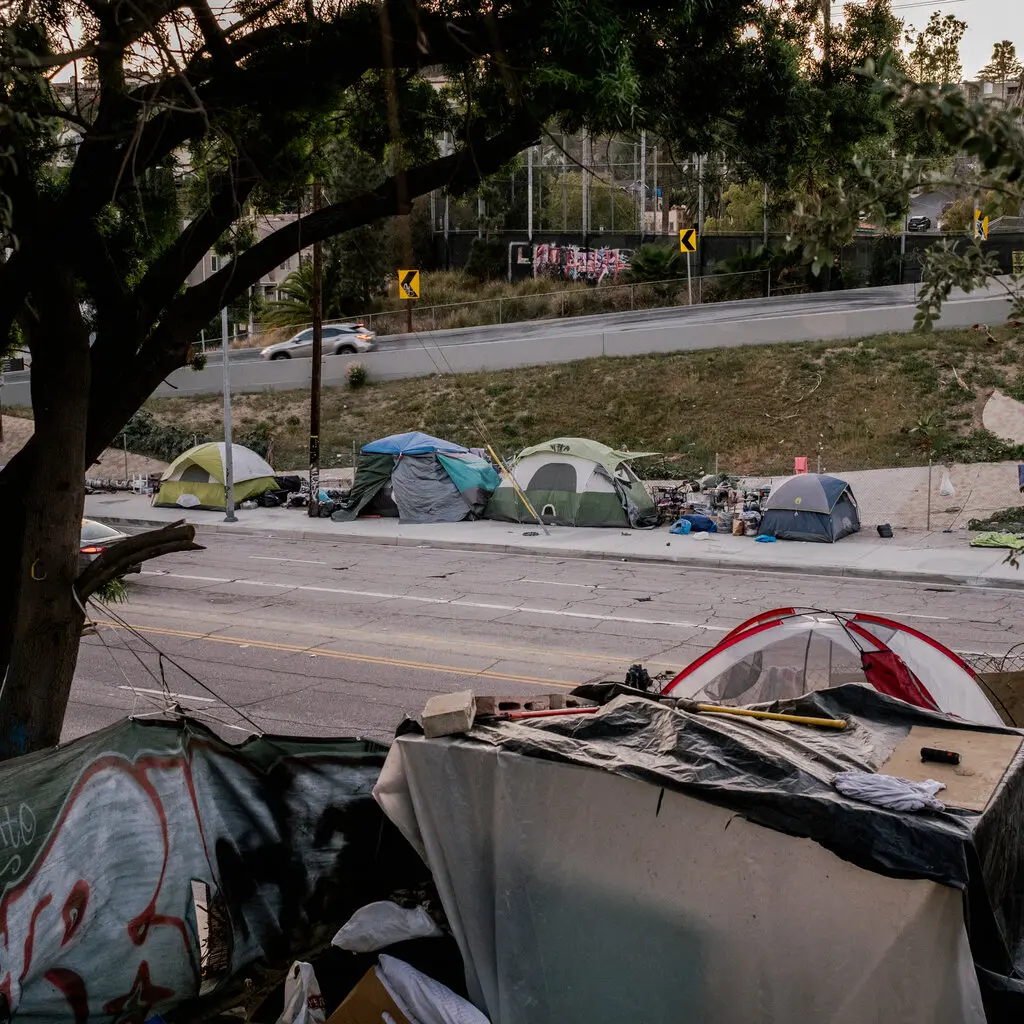
Demographics of California’s Unhoused People
Research shows that nearly half (44%) of California’s homeless population is at least 50 years of age, individually. And, with the median age of its unhoused people being 47, it is clear the Gold State’s homeless population is aging. As an aside, the average Californian age is 36.7.
Moving on, the male victims of houselessness in California are around two times the size of their female counterparts. And, reports show that non-white groups are overrepresented with Latino making 35% of the homeless population, Black making 26% and Native American, 12%. It is important to mention that while Black Americans have a 26%-share of the Gold State’s homeless population, it shockingly makes only 6% of the general population of the state.
A majority of California’s homeless have been found to have been unhoused before, showing the severity of California’s homeless crisis. Some of the victims experience long periods of homelessness that lasts for years. In truth, a good deal of them are chronically homeless.
Further, some homeless people reported that before becoming homeless, they were couch-surfing or had moved in with family and friends (doubling up), in precarious situations. Others with leases reported a median of only 10 days’ notice that they were going to lose their housing, while people without leases reported a median of only one day of warning. Lease here includes mortgage.
The Benioff Homelessness and Housing Initiative’s Statewide Study of California’s Homelessness
To better understand California’s homelessness and how to combat it, Governor Gavin Newsom’s administration requested for a study of the situation. This call resulted in a statewide research on the topic. Conducted by the Benioff Homelessness and Housing Initiative (BHHI) at the University of California San Francisco between October 2021 and November 2022, the survey interviewed 3,200 unhoused people, ages 18 and older, across the state, including urban, rural, and suburban areas.
Led by director Dr. Margot Kushel, the research’s findings contradict several persistent assumptions about people without homes in California, namely that most unhoused people come from outside the state to take advantage of its services, and also that homeless people are mostly young adults who prefer to live outside and don’t want help (which is stereotypical).
In actuality, 90% of the state’s homeless people lost their housing in the state, with 75% of them now living in the same county where they were last housed. Lastly, a good deal of California’s unhoused people get into homeless from institutions.
To sum it all up in this section, while the state government requested for the study, the study wasn’t funded by it.
Causes of Homelessness in California, USA
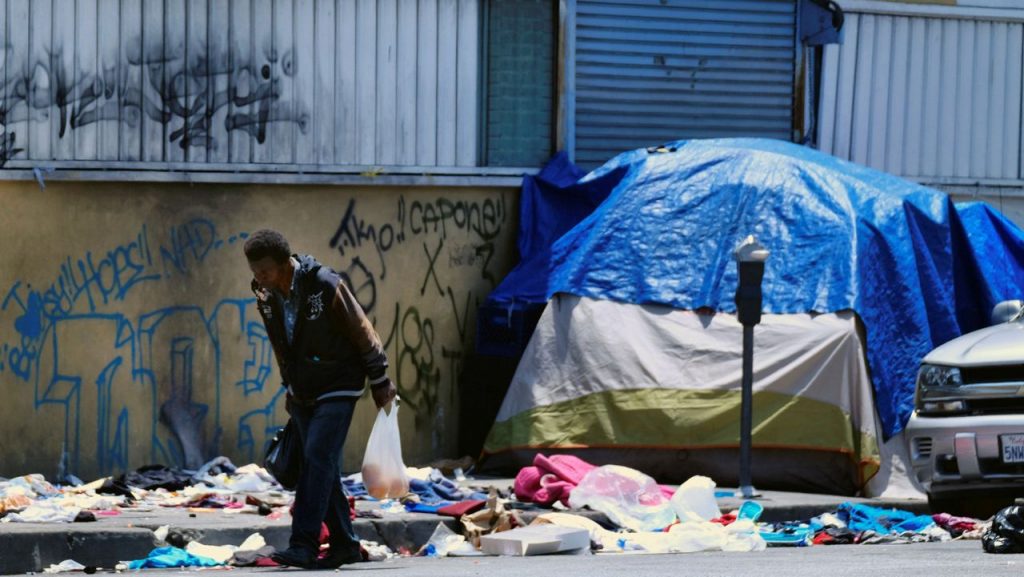
Homelessness in California is caused by a mix of high cost of housing and poverty. Poverty or insufficient wages or salaries for California’s living cost. Monthly median household income is $960 for some homeless people in the six months prior to them becoming homeless.
In other words, cost of living had become unsustainable before they lost housing. Apart from poor income, some homeless people are disconnected from the job market all together.
In this connection, Kushel said, “The primary problem for homelessness is economics… this toxic combination of deep poverty and high housing costs. We’re a state, like every state in this country, that has a lot of very poor people, and we just don’t have the housing for them.”
It is a well-known fact that housing in California is extremely expensive and there are relatively few units of housing available to those with low incomes, which makes rents too high.
The state is not cavalier on this, as it’s suing a number of wealthier cities for thwarting the construction of affordable housing within their borders.
“We’ve got communities in this state that are refusing to build low-income housing,” Jason Elliott, the governor’s adviser, told CNN. “Because they say it’s all just rapists and child molesters…”
Kushel believes there needs to be more subsidized housing specifically provided for people with extremely low incomes.
Further, substance abuse is also contributory to California’s homelessness. 65% of the homeless respondents of the BHHI’s study reported having had a period in their life in which they regularly used illicit drugs, and 62% reported having had a period in their life with heavy drinking.
In relation to this, Elliott argued against renting homes for the homeless, on the grounds that some of them have mental health issues. But Kushel questioned if mental health problems led to homelessness, or the other way round.
Other causes of homelessness in the Gold State include poor credit history, discrimination, health challenges or prior evictions, wildfires and Covid-19.
Challenges of Homeless People in California, USA

One who owns a home and a sustainable source of income doesn’t know the importance of them. Homeless people in California know, as they see the other part of life. Homeless people are exposed to increased crimes, 17 times more than the general public. They also get treated worse than trash by some, as some believe they’re homeless on personal decision. Nearly three-quarters reported they had experienced physical violence, and 24% said they had experienced sexual violence.
They also get frequently approached and interrogated by the police, with a good deal of them spending at least one night in jail.
Climatic challenges are not any lesser — the cold and the heat.
Some people may feel like the homeless should just go and get a job, but it’s not that easy. A good deal actually want jobs but are disconnected from them. The lack of a stable housing and mailing address are some of the factors. Further, a majority of evicted homeless people lost belongings to confiscations, including important personal documents and medication.
Homeless people are blamed for their homelessness, even though most of the times, it’s really the system they live in. In the words of Kushel, “[some people] assign the blame to the [homeless] person instead of looking at the system side of it.” These types of perceptions pre-empt sympathy or empathy in some, as some of the attacks some homeless people experience are done out of spite or irritation.
The foregoing plus living in a dejected manner, worse still in front of everyone, takes a toll on victims’ mental health. Commenting on her study’s findings, Kushel said, “…half of people, had severe depression or severe anxiety – not surprising if you were experiencing homelessness.” Some others, it should be mentioned, experience hallucinations.
Read: Are Homeless People Dangerous
Poor mental states or the adversity of homeless and other factors then lead to substance abuse as a coping strategy and it was found that substance abuse is pretty common among California’s unhoused people. “[they] talked to us really plainly about how they couldn’t possibly stop using drugs until they were housed,” Dr. Kushel said. “Many were using drugs to stay awake, because they were scared of violence if they fell asleep, or their stuff being taken away again. And if you can’t fall asleep and you’re hungry, then yeah, meth can help you.”
Read: Substance Abuse and Mental Illness Among US Homeless People
Further, homelessness makes some victims develop mental health symptoms. Two-thirds of all Kushel’s 3200 interviewee reported struggling with mental health issues at the time they were surveyed. It is noteworthy that some homeless people become homeless due to mental illnesses.
Things then get exacerbated when substance addicts need medical attention but can’t get it. Access to care and treatment is a major challenge for them. Only a fraction of homeless substance abusers get drug or alcohol treatment. 20% of Kushel’s respondents wanted treatment but got none. Generally, not having a home serves as a significant barrier to good health and health care. Many homeless Californians can’t even access prescription medications for physical health conditions.
The BHHI’s study suggests that the health of a great deal of them is poor, and that more had at least one chronic health condition.
“[Once] something goes wrong …everything else falls apart,” Kushel said. “Everything in their life gets worse when they lose their housing: their health, their mental health, their substance use.” And, she likened the situation to “a personal doom loop.”
Like all of us, a majority of California’s homeless people want a permanent home again.
While homelessness rages on, life still continues within it for some, as many homeless women of reproductive age were found to be pregnant during their current bout of homelessness.
Rounding off this section, when researchers asked Cali’s homeless what help they sought, their response according to Kushel was, “What? What help?” “That,” Dr. Kushel said, “was heartbreaking.”
In sum, Claudine Sipili, Co-Chair of the BHHI said she hoped people who have never been homeless will see the humanity in The Study data and will feel compelled to improve the broader system serving people who are unhoused.
Government Efforts to End Homelessness in California
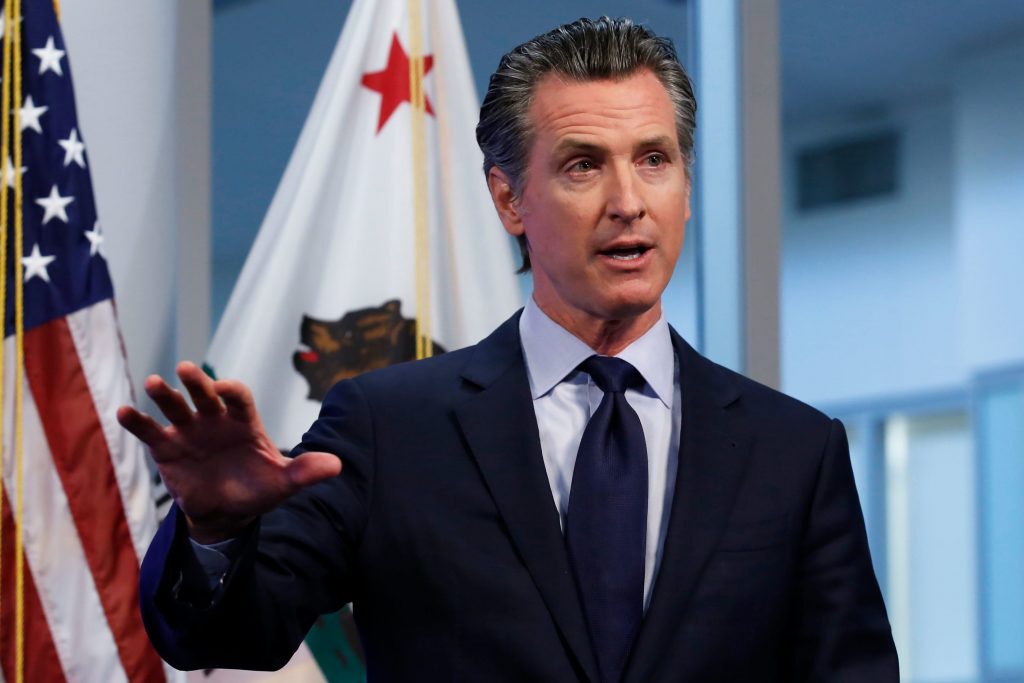
Although the epidemic keeps getting worse, California has actually spent billions of dollars in recent years to curb its homelessness. In its 2021-22 Budget, California puts aside $7.2 billion to address homelessness. Experts say, with this, the government would have spent $42,000 a year per homeless person.
“They’re trying really hard to keep people alive,” Kushel said. “And they’re kind of stuck in this vicious cycle of not having the housing to send people to.”
Between 2018 to 2022, as discussed earlier, the Gold State has spent a stunning $17.5 billion, in attempting to deal with its homelessness.
A total of $20.6 billion has been allocated through 2024 to combat homelessness. Nearly $4 billion went to local governments to spend on anti-homelessness initiatives. $3.7 billion went to a program dubbed “Project Homekey”, which also funds local governments, but specifically to buy properties like motels and commercial buildings and turn them into affordable permanent housing. So far 13,500 units have been finished but Elliott thought it’s not enough.
A further $2 billion from the huge allotment went toward tax credits for developers to build affordable housing, which has seen 481 new units completed so far, with thousands more anticipated. Another $2 billion went to kick-start affordable housing projects, stalled by funding shortfalls. And nearly $2 billion was spent on emergency rental assistance.
Gov. Gavin Newsom has also sought to create homelessness courts. While it’s neither a perfect nor sweeping solution, a court system ordering treatment programs for homeless people could make an impact.
Both Newsom and his predecessor, Gov. Jerry Brown, have publicly supported CEQA reform, which is a start. A better plan would be a legislative initiative to repeal and replace.
Further, cities across California are erecting tiny homes for unhoused people to quickly and cost-effectively get them indoors where they will have access to basic resources such as electricity.
Reports show that Gov. Gavin Newsom announced 300 tiny homes for Sacramento. These houses are to be located in an abandoned office park and the state fairgrounds. Another 900 tiny homes from the governor will go up on a parcel of land in San Jose and yet-to-be-determined locations in Los Angeles and San Diego. Newsom first announced the plan for the 1,200 homes in March.
Government tiny home action came after Sacramento’s top prosecutor sued the city over its failure to clean up homeless encampments.
In August, Sacramento County successfully opened its first tiny-home village, consisting of 100 structures, as part of its Safe Stay program.
Denver has taken part in the tiny homes initiative as Mayor Mike Johnston announced plans to house 1,000 homeless people by the end of 2023.
Travis County, in 2023, approved a $35 million contract with the nonprofit Mobile Loaves and Fishes to create nearly 500 tiny homes and other forms of shelter.
While the initiative of tiny homes is gaining popularity with California’s authority, Austin has had tiny homes for almost a decade. Its Community First Village for formerly homeless residents opened in 2015, and tiny-home projects have expanded in the Lone Star State’s capital since then.
And, while the tiny homes are considered a viable solution, they have been criticized for not offering enough services, and for this reason have been described as mere waiting rooms.
The California Department of Housing and Community Development (HCD), was also reported to have intended the grant of $179.7 million through its program called Homekey to create 710 units through nine developments in Fresno, Los Angeles, Modesto, Sacramento, San Buenaventura, San Diego and Visalia.
On the federal level, the president of the US unveiled an initiative called “ALL INside” to help unhoused people in cities with high homeless populations access federal services. Those cities include Los Angeles, Chicago, Dallas, Phoenix and Seattle. The federal government’s target is to reduce homelessness nationwide by 25% by January 2025.
California generally needs more housing. It was well-established at the beginning that California’s homelessness is a product of the lack of affordable housing, besides poverty. The fact remains that the city does not have enough homes for its residents. Thus, experts suggest that the state needs 2.5 million more homes, but that it has no plan to build them by 2030.
Solutions to Homelessness in California, USA
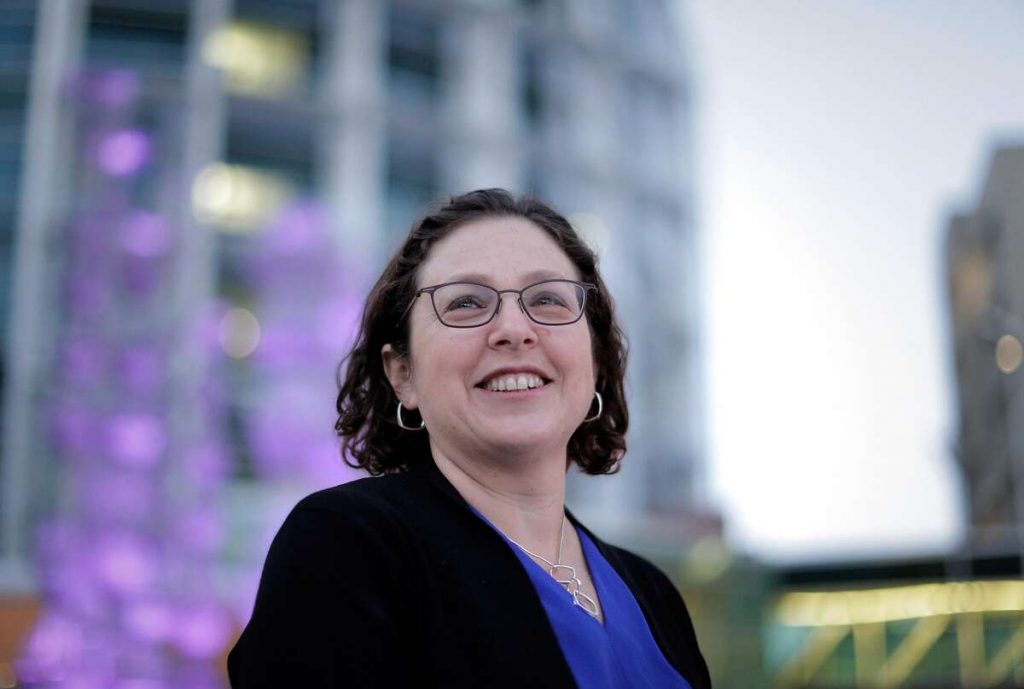
We previously wrote on general solutions to homelessness. In this section, focus will be given to the recommended solutions to houselessness by BHHI. They mooted:
- An increased access to affordable housing to extremely low-income households;
- An increase of targeted prevention of homelessness, such as financial supports and legal assistance;
- A provision of robust supports to match the behavioural health needs of the population — say, mental health and substance use issues;
- An increase of household incomes through evidence-based employment supports;
- An increased outreach and service delivery to people experiencing unsheltered homelessness; and
- An establishment of a racial equity approach in all aspects of homeless system service delivery.
The incentivization of more housing supply by lowering costs and construction time through deregulation and avoiding harmful policies like rent control that worsen housing unaffordability will be instrumental.
The richest target for deregulation is also the state’s most firmly entrenched law, namely the California Environmental Quality Act. Well-intended when enacted in 1970, it has become a destructive force derailing “the possibility of homeownership” among the “hardworking members of Latino, Black and other minority communities,” according to Jennifer Hernandez, an environmental and land-use lawyer who has documented CEQA’s long list of litigation abuses.
Moving forward, a majority of California’s homeless victims, who are actually the ones who need help, said, on the BHHI study, that subsidy of $300 to $500 or housing voucher could have prevented their homelessness.
The government of the Gold State has actually been investing a lot of money in this problem, as discussed above. The twist is that enough money to fix the epidemic has been spent, yet the problem continues and is still growing. Hence, the government of the state should consider collaborating extensively with competent NGos.



